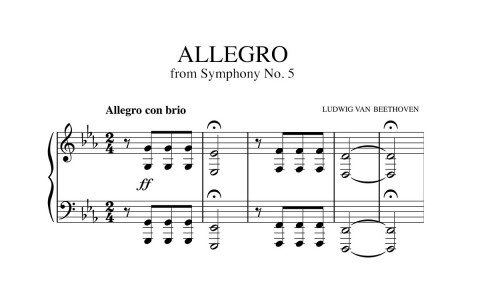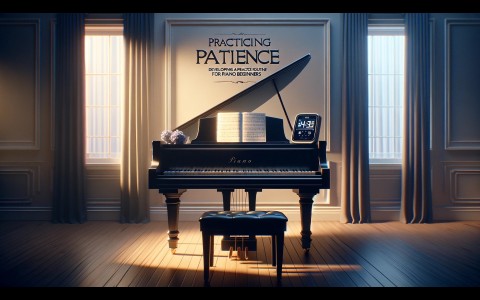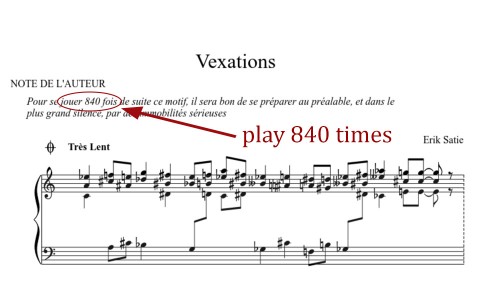Some of us music lovers might have come across the term “earworm”. As strange as this term sounds, it is nothing to squirm about. The earworm is not a worm at all. Rather, it is a catchy piece of music that rings through a person’s mind long after he or she has heard it. This piece of music seems to be lodged in the person’s mind and replays itself.
An earworm is also known by other names, like brainworm and sticky music. Some may even call it the stuck song symdrome (which fully explains the term to the layperson). For the medically-inclined, there is another name, Involuntary Musical Imagery (IMI).
According to research conducted in the area of earworms, 98% of individuals experience earworms. Although both genders experience earworms, it has been found that women are affected more, and it tends to last longer for women.
The majority of earworms (73.7%) are linked to songs with lyrics. At the other end of the spectrum, only 7.7% of earworms may be attributed to instrumental music. Furthermore, earworms usually last 15 to 30 seconds. They tend to affect those with an interest in music.
Earworms do not seem to cover just any type of music. Rather, there is a list of songs that is commonly reported as earworms. They include:
- It's a Small World - Disney
- Who Let the Dogs Out? - Baha Men
- Gangnam Style - PSY
- Y.M.C.A. - Village People
- We Will Rock You - Queen
- Bad Romance - Lady Gaga
- Can't Get You Out Of My Head - Kylie Minogue
- Bohemian Rhapsody - Queen
By just looking at the title "Bad Romance" by Lady Gaga, does it straight away remind you of the famous phrase "Rah-rah ah-ah-ah"? Perhaps the melody has begun to play inside your head before you even finish reading this very sentence! This song first appeared in 2009, when Lady Gaga sang this song as a reference to being involved in a romantic relationship that did not work out. This song resonated with people and they were able to pick it up right away. Fast forward ten years and many still play her song in their minds, even at the mere mention of this song.
There are also some classical songs that have made it to the list too.
- Bolero - Ravel
- Flower Duet (from Lakme) - Leo Delibes
- In the Hall of the Mountain King - Grieg
- Canon in D - Johann Pachelbel
- Ride of the Valkyries - Wagner
- Eine Kleine Nachtmusik, 1st movt - Wolfgang Amadeus Mozart
A research study made by the University of St Andrews discovered that receptiveness to the song, how good the engagement is, as well as rhythmic repetition, all affect the chances of a song becoming an earworm. There is an even proposed formula for it:
Earworm = Receptiveness + (predictability - surprise) + (melodic potency ) + (rhythmic repetition x 1.5)
Are earworms useful or harmful to humans? In a research study, two-thirds of instances of earworms experienced are considered to be either neutral or positive. It has been suggested that, "Some people find them helpful ... for various reasons, such as getting things done," While these people may not find earworms offensive, after much “listening”, a song may become annoying.
If you have been deeply irritated by earworms, here are some ways to de-worm yourself:
- Engage the memory in tasks such as anagrams, Sudoku puzzles and reading a novel. It has been found that this is an effective way to not only stop earworms, but also lowering the chances of having them return.
- In another study, it was found that melodic music, which has repeated rhythms, tends to become earworms, unless it is stopped by a climax.
- In 2015, a separate research conducted at the University of Reading in the United Kingdom found that chewing gum could help with alleviating earworm by blocking the part of the brain that plays the song.
- It has been suggested that a a way to stop earworms from happening is to listen a song to the end and not think about it anymore. Dr Kelly Jakubowski of Durham University explained, "A lot of the time, people get the song stuck because they don't remember how it ends,"
- Finally, if you're a musician, play the earworm. That might just stop it!

























